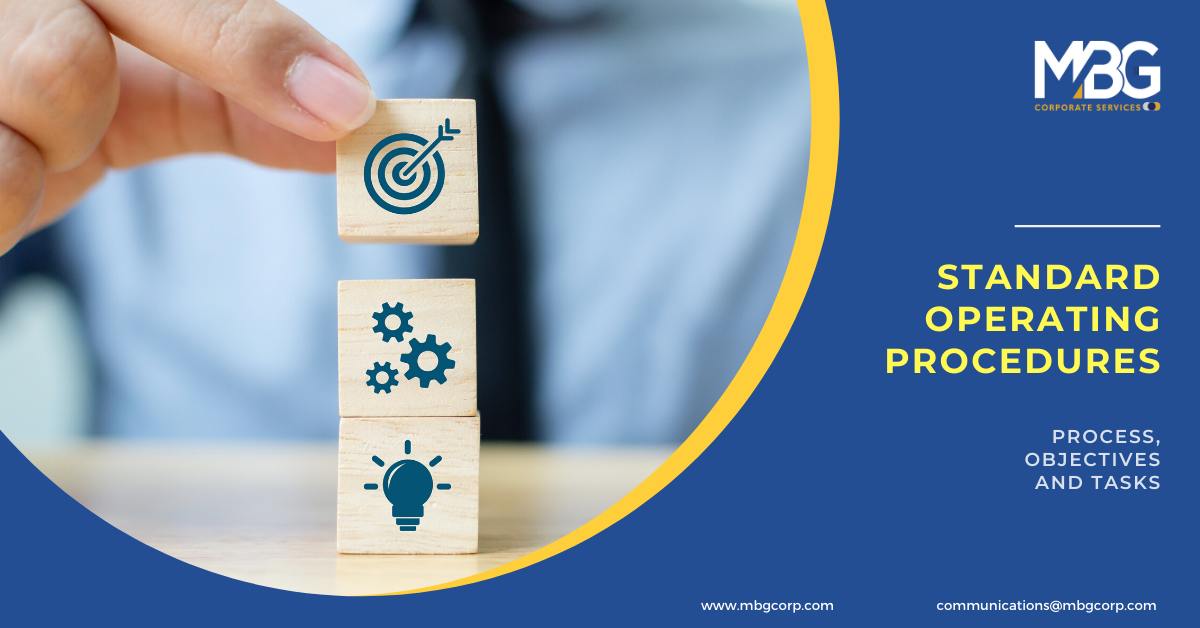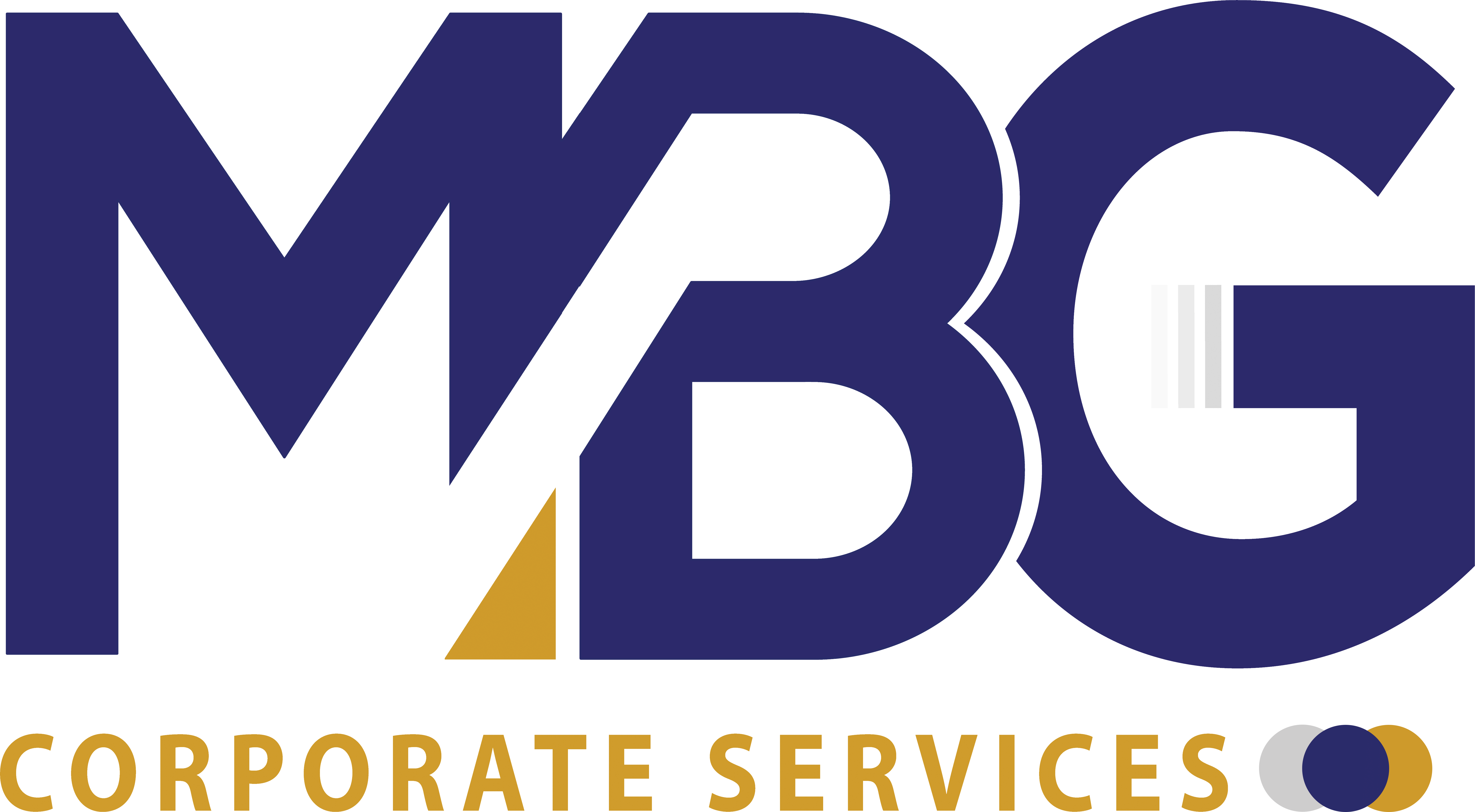Standard Operating Procedure (SOP)

Understanding
Standard Operating Procedures (SOP) define the
– Process, – Objectives and – Tasks
including detailed Work Steps, highlighting the Key Controls, identifying the responsible Person / Department for each Work Step and approval Mechanism.
Approach of drafting SOP
– Do the stepwise walkthrough of the process incl. the physical movement of the transaction, system, and documentation (incl. Purchase order, Vendor Invoices, Sales Order, Sales Bills, etc.) – Understand the data received from various business functions in terms of reports & vouchers – Understand the approval mechanism at various stages of the business process – Identification of gaps in the processes which should be separately documented in the procedures – Start documentation of procedures (incl. Process maps & narratives) with the help of understanding gathered in the earlier stages incl. input, output, risk/ controls, authentication, etc. – Discussion with the respective stakeholders and finalization of SOP after incorporating their comments – A final discussion with Management and circulation to the respective business heads for implementations
Benefits– Operative guide to all the Departments and their respective teams – Helps in attaining uniformity of operations – Serve as ready reckoner to all the new team members – Reduce errors and enhance productivity. – Meet legal requirements – Establish a chain of command with a clear idea of your leadership structure & other teams
CoverageThe Coverage of SOP is extended to various
– Policies such as Fixed Assets, HR Manual, etc. – Critical Business Processes (i.e. Purchase to Pay, Order to Cash, etc.) – Sub-Processes (i.e. Vendor selection & on-boarding, PO generation etc.) – Authority Matrix
Last Updated: 16th July 2020 This article is contributed by: Abhijeet Sharma Director, Risk & Transaction Advisory ServicesTag: Standard Operating Procedure (SOP)


